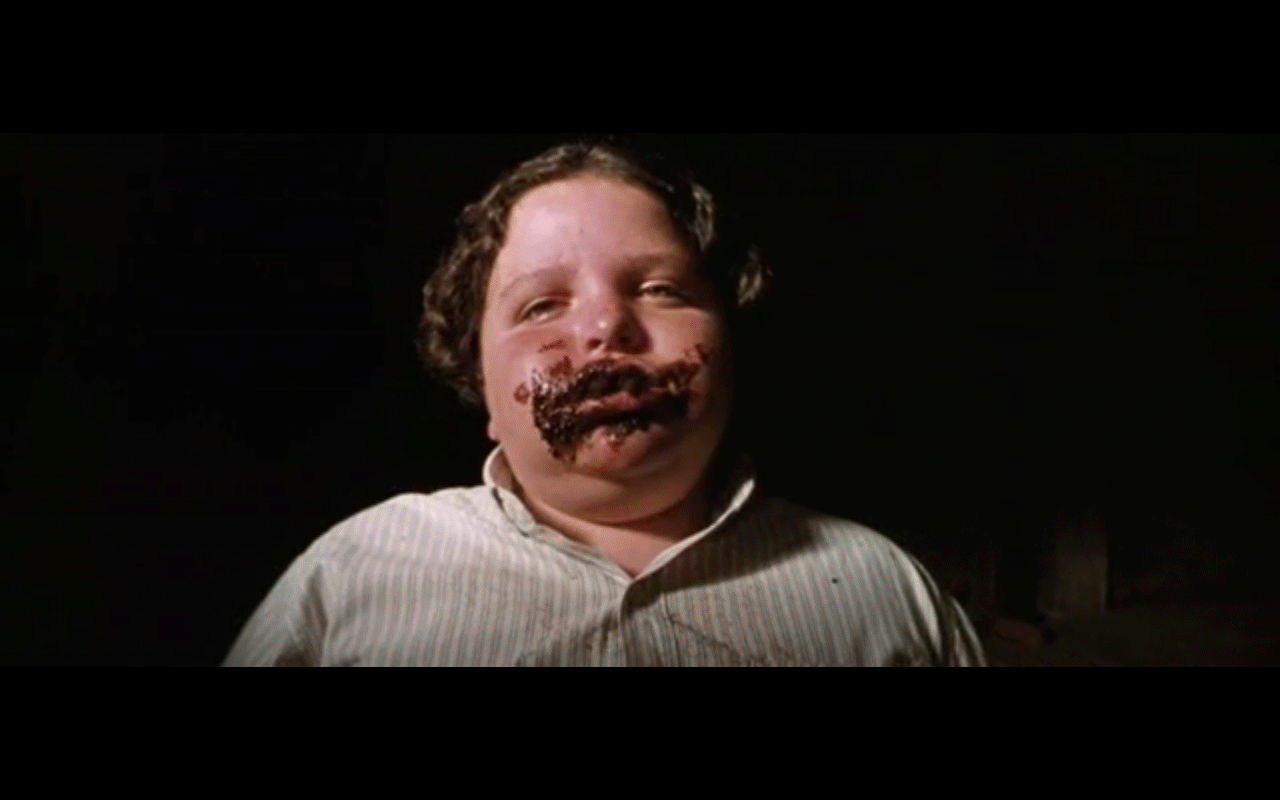Find the most silent place you can. Listen. What can you hear?
At home, in the open kitchen - living room, and alone at home. I can hear some mysterious sound from outside, it's always there, and I'm never sure where it comes from, it might be some water pumps from the bay, or some kind of equipment in the office block in front of my flat, but it's continuous, and sometimes it stops, leaving a - sometimes awkward, sometimes peaceful emptiness. I can also hear the noise coming from the fridge, not the one when it's noisy, but the one that is there when it's quiet. Finally I can also hear the noises that my electric heating does when it's kicking off, like somebody knocking at low pace.
Then I try to listen the same "silence" through the earphones connected to my camera. None of them, except probably the knocks from the heating, can be heard, as the main noise is created by the microphone itself.
Can you identify the sound of silence itself?
As a building services engineer, I have studied sound as a physical phenomenon, and the different levels and measurement of sound. I know that silence can be different in different places, I know that in a classroom, in total silence, you might have 60dBA, and to design a hotel room you should select equipment not noisier than 30dBA at night (how, if 60dBA was already silent!? ah, cause silence is subjective to the environment).
I also know that the purest silence we can create is in an anechoic chamber, and the sensations in it can be really uncomfortable, up to the point that you can't stand in it very long.
I also know that if you create a very low noise design in an office, the people will complain, because privacy is compromised. Then you have to create some background noise (still people will only hear silence, though) to negate speech sound in adjacent areas.
To conclude, silence is a weird thing.
Then the notes ask to analyse the objects that were subject to make sound in the sequence we did for project 2. As I can't find any "sequence" requested in project 2, I leave this exercise... too confusing. Let's move on.














